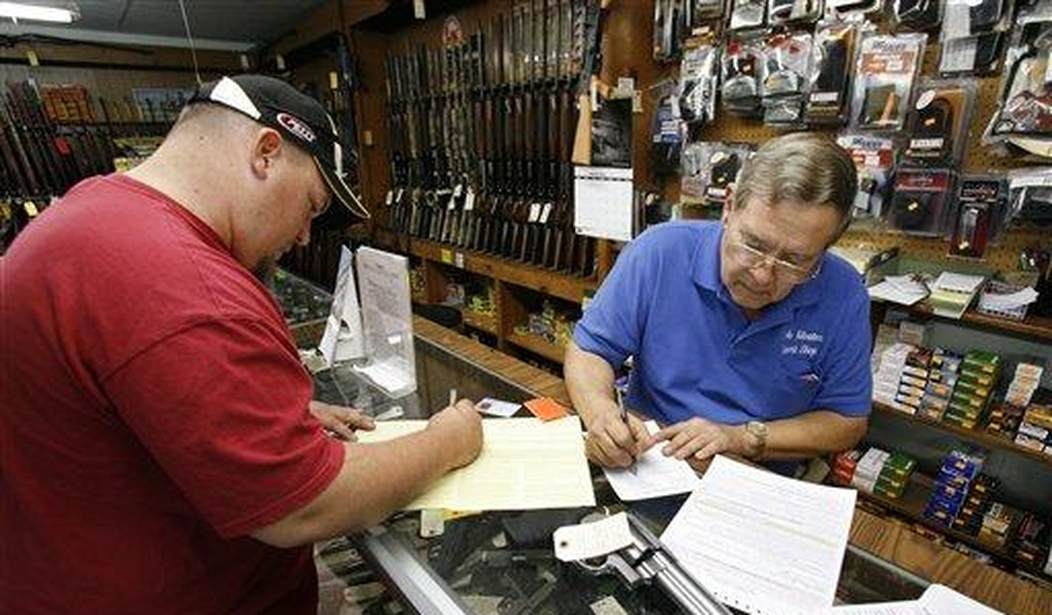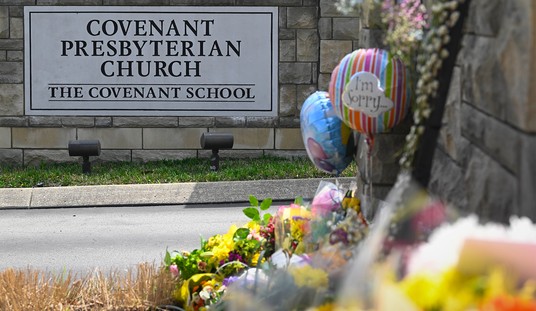Earlier today, Cam wrote about how MSNBC Anchor Chris Hayes said definitively that increased gun sales are driving the spike in violent crime we’ve seen over the last year or so. Hayes sounds very, very sure of himself; as if he knows what he’s talking about.
But, of course, he doesn’t.
In fact, the results of a study reported at the left-leaning paper The Guardian says otherwise.
Gun homicides surged across the United States during the coronavirus pandemic, in the same year that Americans bought a record-breaking number of guns.
But some of America’s leading gun violence researchers have concluded that what might seem like an obvious cause-and-effect – a surge in gun buying leads to a surge in gun violence – is not supported by the data.
Through July of last year, there was no clear association between the increase in firearm purchases and the increase in most interpersonal gun violence at the state level, according to a new study published in Injury Epidemiology, a peer-reviewed scientific journal.
The findings suggest that “we need to be looking at other factors, like job loss, economic change, the closure of schools and community organizations and nonprofits, and civil unrest,” in order to understand last year’s increase in gun violence, Julia Schleimer, the lead author of the new study, said.
There did appear to be some association between the increase in gun-purchasing and an increase in domestic violence gun injuries in April and May, but that correlation might also be explained by other factors, including increased substance abuse or the decreased access to domestic violence support services during the early months of lockdown, Schleimer said.
The results of the new study are an unexpected addition to the fierce political battle over how to explain last year’s estimated 25% increase in homicides, which experts say they expect will be the worst single-year increase in killings since the 1960s. While official government data is not yet available, experts are projecting that the US saw an additional 4,000 to 5.000 total homicides nationwide in 2020, and the nonprofit Gun Violence Archive recorded nearly 4,000 additional gun homicides last year compared with 2019.
And, really, for those of us who follow guns and crime, this isn’t surprising.
There’s typically a significant gap between when a gun is purchased and when it’s used in a crime of about eight years. That means criminals aren’t running to their local gun store in order to buy a firearm. They’re getting them via some other method.
Further, the gun buying surge and the violence surge may feel like they overlap, but they don’t. The buying surge began a month or two earlier amid concerns over the pandemic and economic uncertainty. Violent crime didn’t spike until the riots that followed the death of George Floyd.
Plus, let’s be honest here, gun sales have been high for years. In fact, according to the FBI, there has been an average of over a million NICS checks performed per month (at least) since 2009. That average hit 2 million in 2016.
Yet, over that same period of time, violent crime dropped across the board.
So yeah, the results of this study aren’t exactly shocking. What’s shocking is that we’re seeing this in The Guardian. UK papers don’t pretend to be unbiased. They wear it on their sleeve and The Guardian isn’t exactly a right-wing paper. Not by any stretch of the imagination.
However, the study is what it is, and it’s an important thing to make note of. Especially as progressive groups are talking about the media being accurate. I wonder if they’ll ask the media to bring up this study when they condemn gun buying.
Somehow, I think that will get ignored. Let’s just call it a hunch.
What we can do, though, is definitively say that Chris Hayes got it wrong and so did a whole lot of other people who are saying the same nonsense.








Join the conversation as a VIP Member